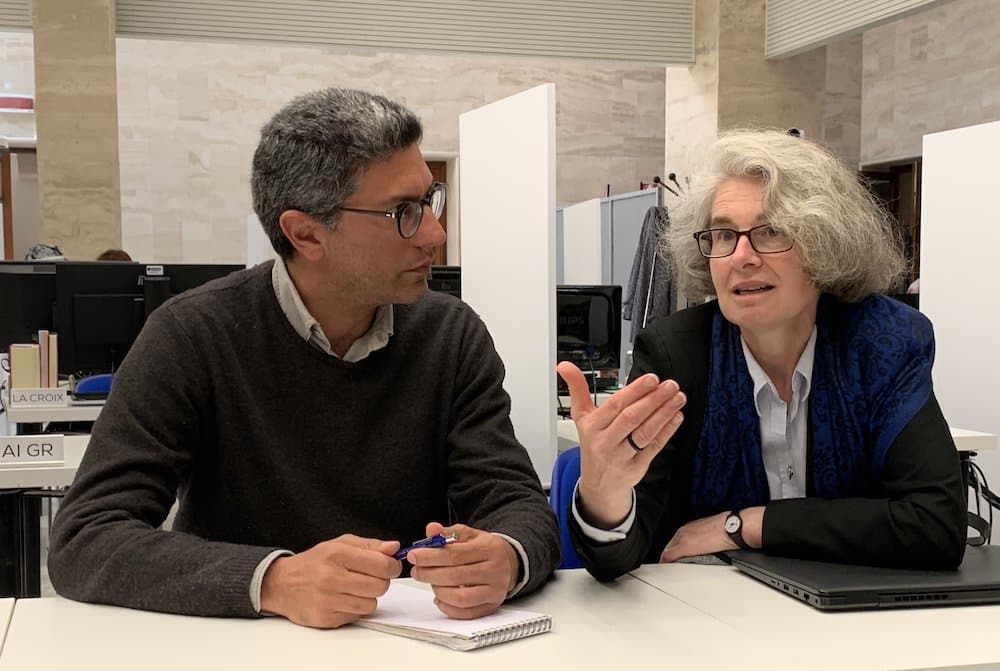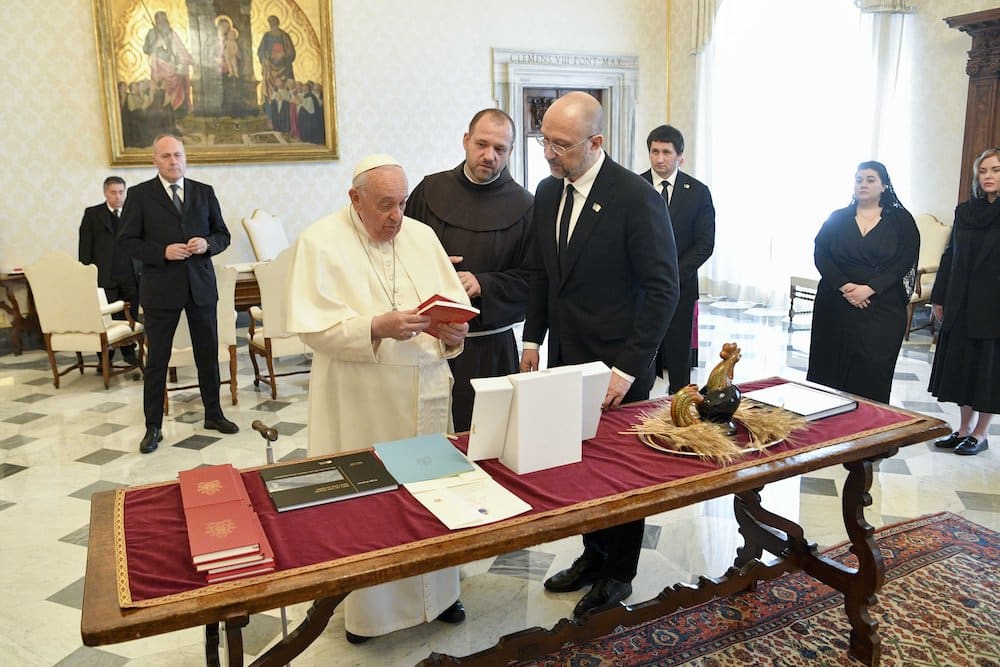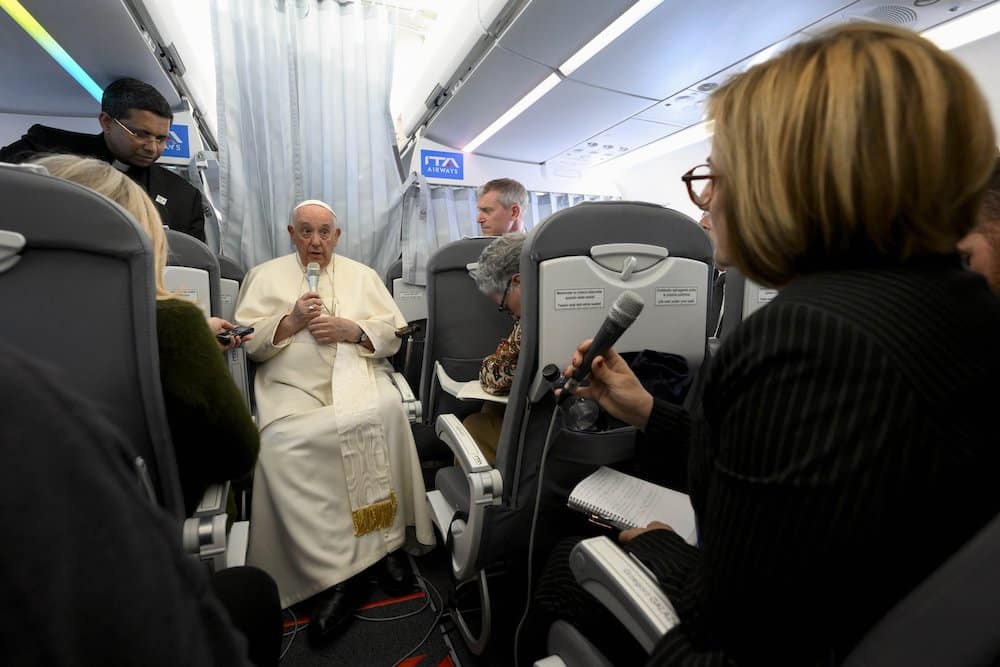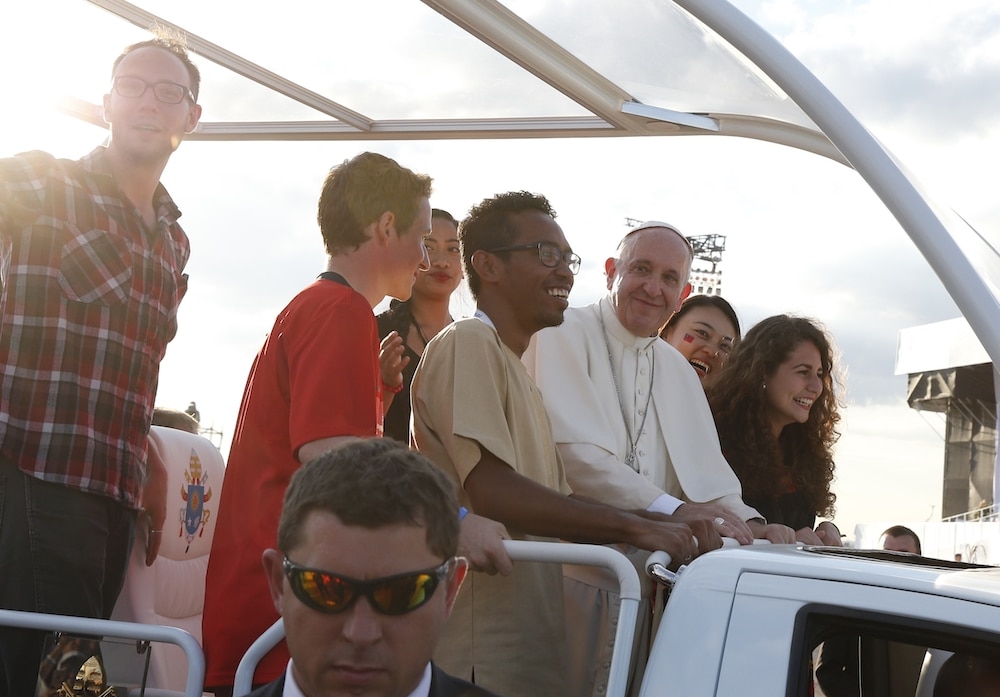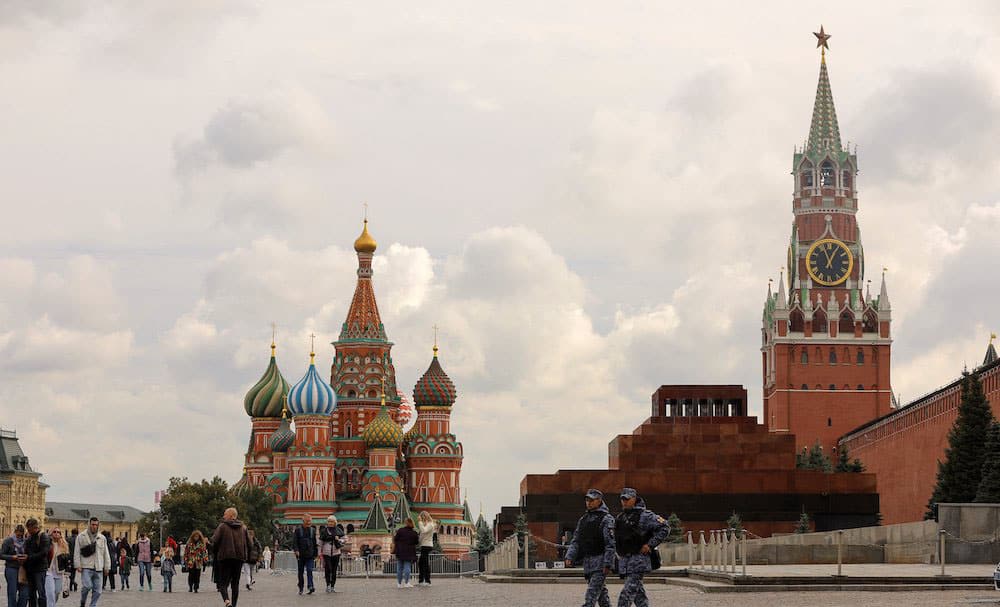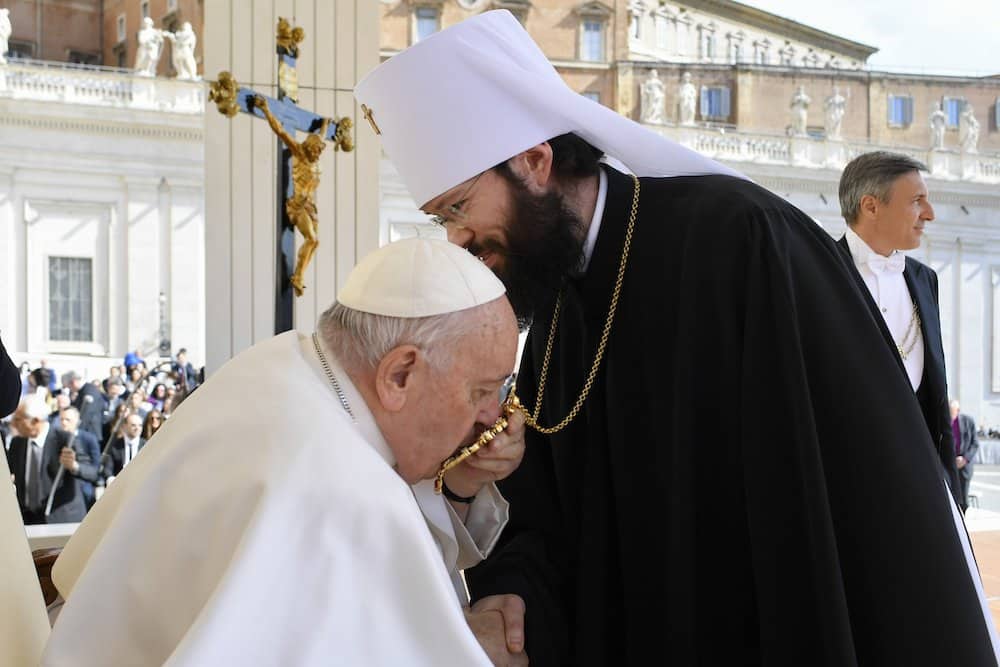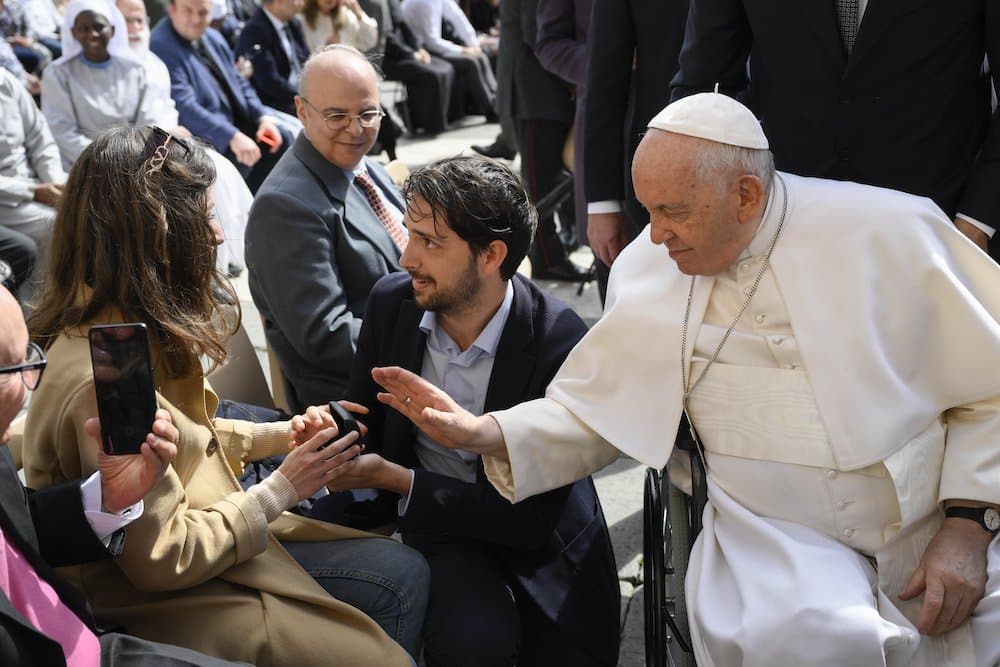VATICAN CITY (CNS) — At least three dozen women will be voting members of the assembly of the Synod of Bishops in October, Pope Francis has decided.
In a decision formalized April 17, “the Holy Father approved the extension of participation in the synodal assembly to ‘non-bishops’ — priests, deacons, consecrated men and women, lay men and women,” the synod office said in a statement April 26.
Cardinal Jean-Claude Hollerich, relator general of the synod, told reporters April 26 that about 21% of the synod’s 370 members would not be bishops and at least half of that group would be women.
Adding women and young people to the membership will make sure “the Church is well represented” in the prayer and discussions scheduled for Oct. 4-29 at the Vatican, the cardinal said. “It will be a joy to have the whole Church represented in Rome for the synod.”
“As you can see, the space in the tent is being enlarged,” Cardinal Mario Grech, synod secretary-general, told reporters, echoing the title that had been chosen for the working document for the just-completed continental phase of the synod. The document said that in local and national synod listening sessions there were consistent questions about how to promote greater inclusion in the Catholic Church while staying true to church teaching.
“The Synod of Bishops will remain a synod of bishops,” Cardinal Grech said, but it will be “enriched” by representatives of the whole Church.
The pope’s decision to expand the categories of synod members, the April statement said, “is in continuity” with the Catholic Church’s growing understanding of the synodal dimension of the Church and “the consequent understanding of the institutions through which it is exercised.”
Since the Synod of Bishops was reinstituted after the Second Vatican Council, the voting members of the synod have all been men. The membership was primarily cardinals and bishops, except for the 10 priests — and recently one religious brother — elected by the men’s Union of Superiors General.
Now, rather than the Union of Superiors General selecting 10 voting members, the office said, it will elect only five priests or brothers. And the women’s International Union of Superiors General also will elect five sisters or nuns.
Past synods have included women as non-voting “auditors,” a group that included many women.
Pope Francis has done away with the “auditor” category of synod participant, the Vatican said. Instead, there will be a group of 70 non-bishop members representing “various groupings of the faithful of the people of God,” including priests, consecrated women, deacons and laypeople from every part of the world.
The pope will choose the 70 from a list of 140 people selected by bishops and organizers of six regional groupings of bishops and by the Assembly of Patriarchs of Eastern Catholic Churches. The six regional groups are: the council of bishops’ conferences of Latin America and the Caribbean, known as CELAM; the Council of Bishops’ Conferences of Europe; the Symposium of Episcopal Conferences of Africa and Madagascar; the Federation of Asian Bishops’ Conferences: the Federation of Catholic Bishops’ Conferences of Oceania; and the U.S. Conference of Catholic Bishops and the Canadian Conference of Catholic Bishops together.
Each of the seven bishops’ groups will nominate 20 people, the statement said, and “it is requested that 50% of them be women and that the presence of young people also be emphasized.”
In addition to the 10 religious elected by their groups of superiors and the 70 non-bishop members nominated by continental groups, Pope Francis may include “non-bishop members” among the members he appoints.
And, since the leadership of the synod secretariat will be full members, that includes Xavière Missionary Sister Nathalie Becquart, undersecretary of the synod. Cardinal Hollerich added that after all the work they did preparing the synod, “it would be very unfair” to exclude them as members.
Most synod members will be bishops elected by their episcopal conference or by their Eastern Catholic bishops’ synod. The number of delegates each conference can elect depends on the size of the conference. Bishops’ conferences with more than 200 members — like the conferences of Italy, Brazil and the United States — will elect five members.

